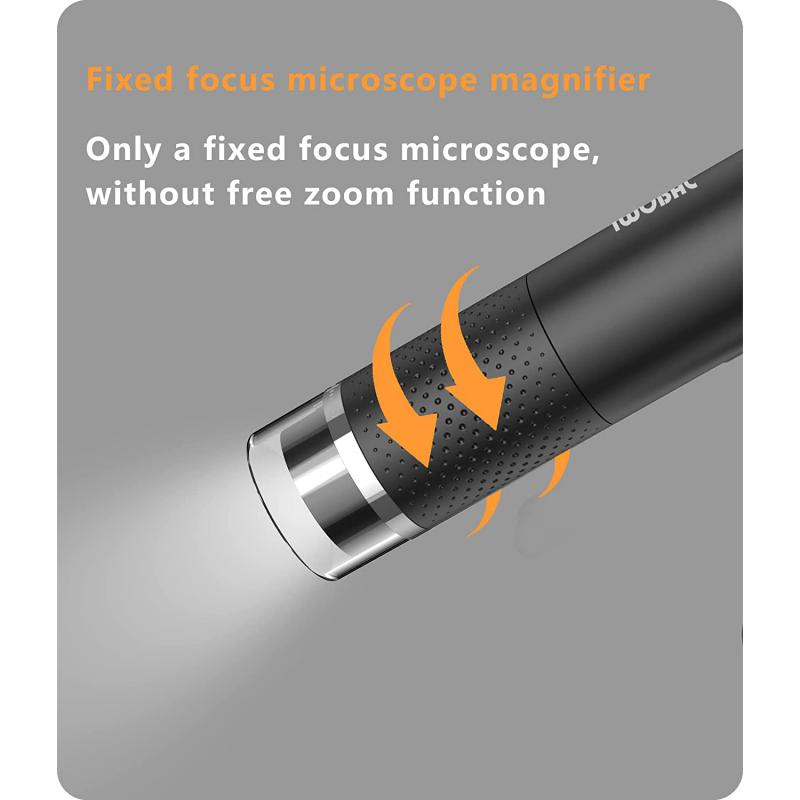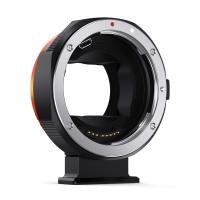Are Electron Microscope Images Real ?
Yes, electron microscope images are real. They are produced by using a beam of electrons instead of light to magnify and capture images of extremely small objects or structures. The electrons interact with the sample, and the resulting signals are detected and converted into an image. Electron microscopes have much higher resolution than optical microscopes, allowing scientists to observe details at the nanoscale level.
1、 Principles of Electron Microscopy
Yes, electron microscope images are real. Electron microscopy is a powerful technique that uses a beam of electrons instead of light to image samples at extremely high magnifications. The principles of electron microscopy are based on the interaction of electrons with the sample, which allows for the visualization of structures and details that are not visible with conventional light microscopy.
Electron microscopes can achieve much higher resolution than light microscopes because electrons have much shorter wavelengths than visible light. This enables the visualization of objects at the nanoscale, revealing intricate details of the sample's surface and internal structure. The images produced by electron microscopes are captured using detectors that convert the electron signals into a visual representation.
However, it is important to note that electron microscope images are not direct representations of the sample. The images are formed through a complex process involving the interaction of electrons with the sample, the detection of the resulting signals, and the subsequent processing and visualization of the data. Therefore, the final image is a representation of the electron interactions rather than a direct photograph of the sample.
It is also worth mentioning that advancements in electron microscopy techniques and technology continue to improve the quality and resolution of the images obtained. For example, the development of aberration-corrected electron microscopy has significantly enhanced the resolution and clarity of electron microscope images, allowing for even more detailed analysis of samples.
In conclusion, electron microscope images are real representations of the interaction between electrons and the sample. They provide valuable insights into the structure and properties of materials at the nanoscale and are widely used in various scientific fields, including materials science, biology, and nanotechnology.

2、 Image Formation in Electron Microscopy
Yes, electron microscope images are real. Electron microscopy is a powerful technique that uses a beam of electrons instead of light to image objects at a much higher resolution than traditional light microscopy. The images produced by electron microscopes are based on the interaction of the electron beam with the sample being studied.
In electron microscopy, a beam of electrons is focused onto the sample, and as the electrons interact with the atoms in the sample, they scatter or are absorbed. These interactions generate signals that are detected and converted into an image. The resulting image provides detailed information about the sample's structure, composition, and surface topography.
The high resolution of electron microscopy allows scientists to observe objects at the nanoscale, revealing details that are not visible with other imaging techniques. Electron microscope images have been instrumental in advancing our understanding of various fields, including materials science, biology, and nanotechnology.
It is important to note that electron microscope images are not direct representations of the sample. The images are formed through complex processes involving electron scattering and detection. However, these images accurately depict the interactions between the electron beam and the sample, providing valuable insights into the sample's properties.
The latest advancements in electron microscopy, such as aberration correction and cryo-electron microscopy, have further improved the resolution and capabilities of electron microscopes. These advancements have allowed scientists to visualize biological structures and processes in unprecedented detail, leading to breakthroughs in areas such as drug discovery and understanding disease mechanisms.
In conclusion, electron microscope images are real and provide valuable information about the structure and composition of samples at the nanoscale. They have revolutionized our understanding of the microscopic world and continue to be a vital tool in scientific research.

3、 Techniques for Capturing Electron Microscope Images
Yes, electron microscope images are real. Electron microscopes use a beam of electrons instead of light to magnify and capture images of extremely small objects. The electrons interact with the sample, producing signals that are then detected and converted into an image.
Electron microscopes have revolutionized our understanding of the microscopic world by providing unprecedented levels of detail and resolution. They have allowed scientists to observe and study structures and processes at the nanoscale, which is beyond the capabilities of traditional light microscopes.
However, it is important to note that electron microscope images are not direct representations of the sample. The images are formed through a complex process involving the interaction of electrons with the sample and subsequent signal detection and processing. The final image is a result of various techniques and adjustments applied during the imaging process.
In recent years, advancements in electron microscopy techniques have further enhanced the quality and realism of the images. For example, aberration correction techniques have significantly improved the resolution and clarity of electron microscope images. Additionally, the development of cryo-electron microscopy has allowed for the imaging of biological samples in their native state, providing valuable insights into their structure and function.
It is worth mentioning that while electron microscope images are real, they are still subject to limitations and potential artifacts. Sample preparation, imaging conditions, and data processing can all introduce distortions or artifacts that need to be carefully considered and accounted for during analysis.
In conclusion, electron microscope images are indeed real and have greatly contributed to our understanding of the microscopic world. Ongoing advancements in electron microscopy techniques continue to push the boundaries of what we can observe and study at the nanoscale.

4、 Limitations and Artifacts in Electron Microscopy Imaging
Electron microscope images are indeed real representations of the structures being observed. Electron microscopy is a powerful technique that uses a beam of electrons instead of light to magnify and visualize samples at extremely high resolution. The images produced by electron microscopes provide valuable insights into the nanoscale world and have greatly contributed to various scientific fields.
However, it is important to acknowledge that there are limitations and potential artifacts in electron microscopy imaging. One common artifact is the presence of charging effects, where the sample can accumulate an electric charge during imaging, leading to distortions or blurring of the image. This can be mitigated by using conductive coatings or adjusting imaging parameters.
Another limitation is the potential for sample damage due to the high-energy electron beam. This can result in structural alterations or even complete destruction of the sample. To minimize this, researchers often use low beam currents and short exposure times.
Additionally, electron microscopy imaging is subject to various imaging artifacts, such as diffraction artifacts, beam-induced motion, or contamination. These artifacts can affect the interpretation of the images and need to be carefully considered and accounted for during analysis.
It is worth noting that advancements in electron microscopy techniques and instrumentation have significantly improved image quality and reduced artifacts. For example, the development of aberration-corrected electron microscopy has allowed for higher resolution imaging with reduced artifacts.
In conclusion, electron microscope images are real representations of the structures being observed. However, it is crucial to be aware of the limitations and potential artifacts associated with electron microscopy imaging. By understanding and addressing these limitations, researchers can obtain accurate and reliable information from electron microscope images.





























